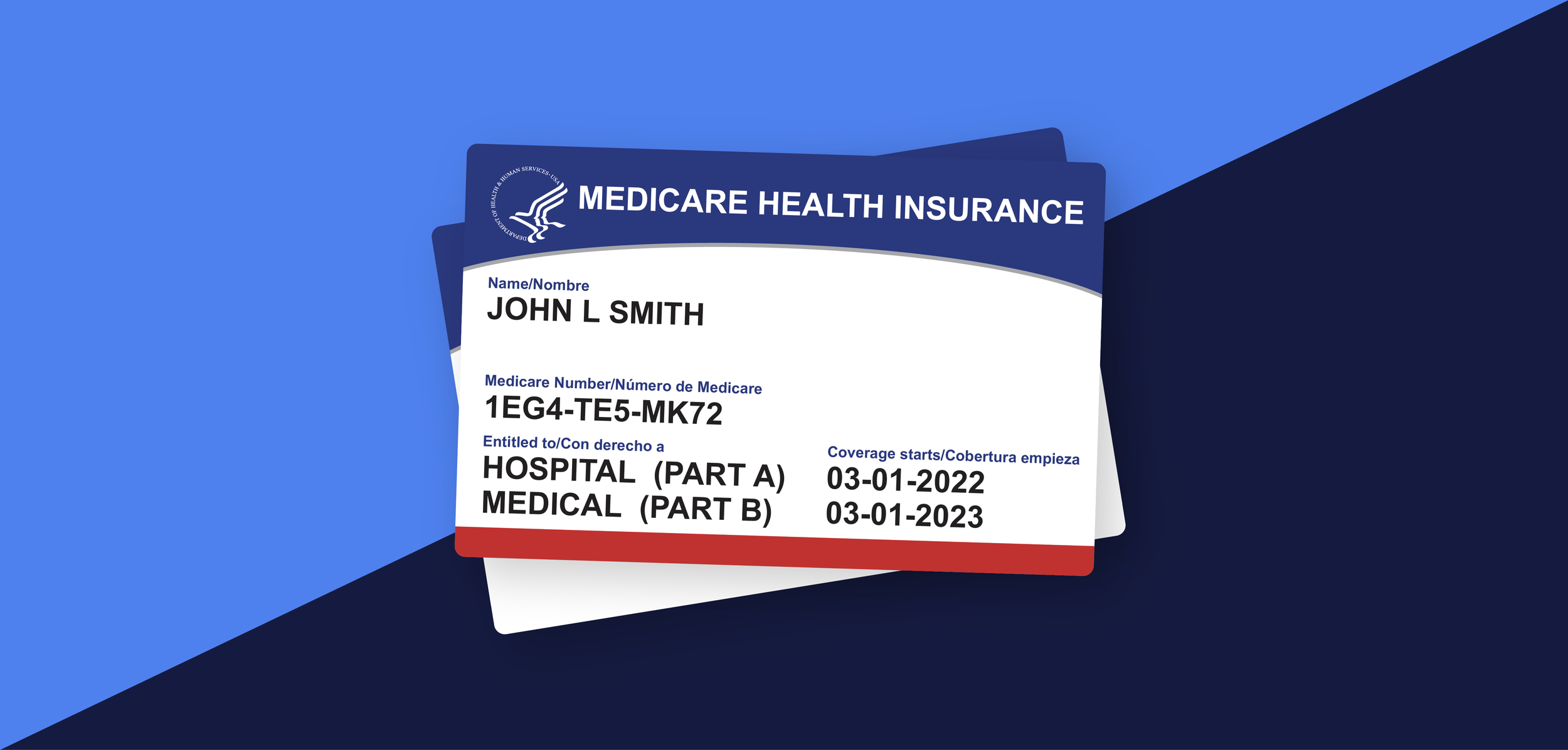Considering Early Retirement? Read This Guide
If you’re thinking of hanging up your work gear before the age of 67—considered “full retirement age” by Social Security, for most people—you’re not alone. According to MassMutual, the average age of retirement is 62 for people in the U.S.
Before you take the plunge into the carefree days of early retirement, however, do the following to better align reality with what you’ve always envisioned for your post-career plans.
Familiarize yourself with healthcare options for early retirees
First and foremost, you'll need to bridge the gap if you retire before you’re eligible for Medicare (age 65, for most people) and don't have coverage through another group plan.
COBRA, a federal law that gives workers and family members set to lose their health benefits the right to choose continued group benefits, is one option for those who qualify. However, coverage is temporary as COBRA is limited in length (typically up to 18 months).
Another option is to purchase a policy from the health insurance marketplace; just know this won’t come cheap. According to financial website Value Penguin, the average monthly cost of a Silver (mid-tier) health plan is $1,240 for a 60 year old.
Other alternatives include health share plans, which actually aren’t health insurance plans but instead comprise a group of people who pool their money to share costs. While these are sometimes easier on your wallet with respect to premiums, they lack reimbursement regulations should the organization offering the plan go bankrupt and often come with restrictions on applicants who have preexisting conditions.
Finding part-time work that offers benefits is another alternative, allowing you to perhaps establish a health savings account (HSA) to help cover high copays and other out-of-pocket healthcare costs.
If you haven't already, also consider long-term care: policies that typically cover out-of-pocket expenses associated with home care, assisted living, and nursing homes, benefits not covered by Medicare and other public programs. By planning early, you can take control of your future healthcare needs—which is important, as the U.S. Department of Health and Human Services reports an almost 70% chance someone turning 65 today will need some form of long-term care (LTC) services in his or her remaining years. The corresponding financial burden is significant; national monthly median healthcare costs, per Genworth and other websites, are as follows:
· Home health aide: $6,292
· Adult daycare: $2,058
· Assisted-living facility: $5,350
· Nursing home, private room: $9,733
· Nursing home, semi-private room: $8,669
Given the rapidly aging population in the U.S., costs will only continue to increase in the years to come. Click here to learn more about your long-term care funding options.
Know when to take Social Security
The age at which you decide to collect Social Security will determine your monthly benefit amount; those who choose to receive benefits before reaching full retirement age (when you’re entitled to 100% of Social Security benefits, currently age 67 for those born in or after 1960) will see a permanent reduction to their monthly benefit.
More specifically, Social Security benefits increase approximately 7% each year between age 62 and your full retirement age—with an approximate 8% increase each year between your full retirement age and age 70.
To illustrate, let’s assume the full amount of your monthly Social Security benefit is $1,000: the sum you’d receive if you wait until your full retirement age to collect. In this case, if you claim benefits at age 62, your monthly benefit will decrease by approximately 30% to $700. That's a significant drop, one that means you’d miss out on $3,600 the first year and rack up a substantial loss of approximately $18,000 over five. If you wait until age 70, however, your monthly benefit would ring in at approximately $1,266. That's a much more appealing figure, isn't it?
Eliminate unnecessary risks with investments
Typically, you should invest in a more conservative fashion as you get older—because those who are too aggressive in this respect run the risk of an inability to recover should a prolonged bear market hit, putting themselves in danger of draining their retirement savings funds too quickly.
While the actual number varies by individual, a general rule of thumb is to subtract your age from 100 to know which percentage of your portfolio to keep in stocks—with the remainder comprising safe assets such as bonds and CDs. Due to longer lifespans, however, some experts have modified this "rule" and now recommend replacing 100 with 110 (or an even higher number!) to ensure you don't run low on funds.
Despite this widely shared knowledge, a recent Fidelity report claims investors—precisely 37.6% of baby boomers—are exposing their retirement accounts to unnecessary risk by investing too much in stocks.
To better prepare for inevitable market volatility and enjoy some reassurance, enlist the help of a financial advisor who can recommend strategies and tactics to help ensure you won't outlive your retirement savings.
Familiarize yourself with IRA and 401(k) withdrawal rules
With Roth IRAs, you can withdraw sums equivalent to your contributions—whenever you want—on a penalty and tax-free basis as you've already paid income taxes on that money. If you’re over age 59½ and wish to withdraw from the earnings portion of the account, you can do so tax-free—provided you’ve owned it for at least five years (known as the “five-year rule”). If you withdraw from the earnings portion prior to age 59½ or have owned the account for less than five years, however, you may be subject to income taxes and a 10% early withdrawal penalty.
Traditional IRAs, meanwhile, have an early withdrawal penalty that is generally assessed on those who remove money from their IRA before age 59½: 10% of the funds withdrawn, with the amount taxed as income. As with Roth IRAs, some exceptions to this penalty do exist.
Likewise, if you want to withdraw money from your 401(k) prior to age 59½, you’ll be subject to a 10% early withdrawal penalty from the IRS and required to pay taxes on that money. Upon reaching this age, however, you can withdraw money from your 401(k) in the absence of this penalty—though the amount is considered income and taxed accordingly.
Also keep in mind the Rule of 55, an exception to the 401(k) early withdrawal fee and a provision that allows workers who leave a job to withdraw funds from an employer-sponsored retirement account penalty-free (while still paying income taxes). It dictates beneficiaries must fall between the ages of 55 and 59½ and can only access funds from a current (or most recent) employer’s retirement plan. Qualified public safety workers (e.g., law enforcement officers, EMTs, and firefighters) can take advantage of this rule a little earlier, beginning at age 50.
Finally, even if you don’t need to withdraw money from these accounts initially, know that 401(k)s and traditional IRAs feature required minimum distributions (RMDs): the minimum amount of money one must withdraw from specific tax-deferred retirement accounts beginning at age 73 and climbing to age 75 starting in 2033.
Develop a retirement withdrawal strategy
You’ll also need to know how and when to withdraw from each type of retirement account (e.g., taxable, tax-deferred, and tax-free), as doing so can help minimize taxes you’ll pay in a given year and over your lifetime.
Consider this: depending on your situation, you can take proportional distributions from each of your retirement savings accounts each year as a more tax-efficient and potentially beneficial strategy. This approach is perhaps more advantageous than the traditional method of first withdrawing from taxable accounts, then tax-deferred accounts, and then (once depleted) Roth accounts.
Prepare for unexpected home expenses in retirement
Even if you’ve paid off your mortgage, you’re still unlikely to avoid home repairs and/or renovations during your golden years. For example, remember that most houses aren’t designed with old age in mind; if you’ll require wheelchair accessibility or need to expand a bathroom or convert existing space so key areas are all on one level, expenses can quickly pile up. Even a brand-new home isn’t immune to accidents and weather-related damage homeowners insurance may not cover.
The point here is to budget for such changes so they don’t significantly alter your retirement lifestyle.
Formulate a plan to fill up your free time
Many retirees are often surprised to find that, in addition to much more time on their hands, they’re also hit with negative psychological effects they hadn’t anticipated—such as feelings of uselessness or a lack of purpose. In fact, it’s estimated that life after work summons a sense of isolation and a loss of direction for roughly a quarter of retirees.
Preparing yourself to successfully navigate the broad spectrum of emotions you may face in retirement—the good, the bad, and the unexpected—can help you thrive in the decades to come with a renewed sense of purpose.
In sum: steps to take before retiring early
Achieving the ability to retire early is an amazing accomplishment—just make sure you have all your bases covered so your early retirement doesn’t materialize as a false start.
Have questions about planning your retirement? Schedule a FREE Discovery call with one of our CFP® professionals today!
———
Vision Retirement is an independent registered advisor (RIA) firm headquartered in Ridgewood, New Jersey. Launched in 2006 to better help people prepare for retirement and feel more confident in their decision-making, our firm’s mission is to provide clients with clarity and guidance so they can enjoy a comfortable and stress-free retirement. To schedule a no-obligation consultation with one of our financial advisors, please click here.
Disclosures:
This document is a summary only and is not intended to provide specific advice or recommendations for any individual or business.





